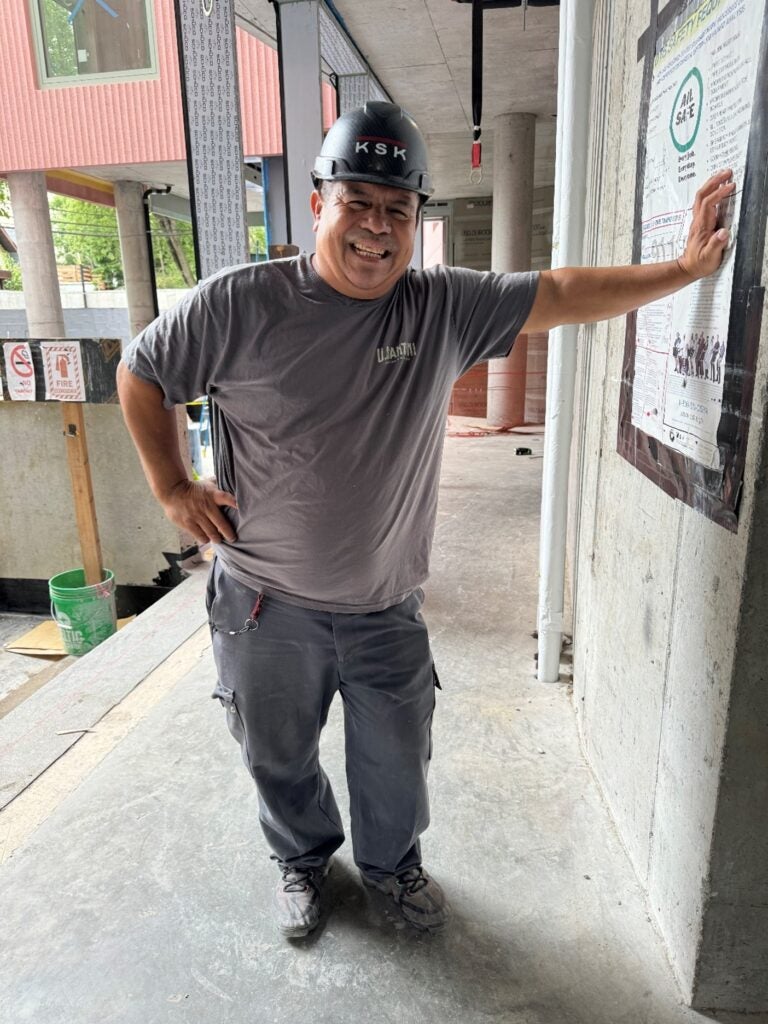A Day in the Life of a Professional Mover

When you think about moving to a new home, you probably feel quite excited. However, sometimes, you might feel a damper on your excitement because of the stress of moving. Packing countless boxes and coordinating logistics can put a strain on your mental health and leave you feeling overwhelmed. But it doesn’t have to be that way—not when you use professional movers. Expert New York City movers have the process down to a science and can add organization to a potentially chaotic process. Movers start their days long before they arrive at your place, and their job consists of much more than just loading and unloading boxes. While every day is different, here’s a glimpse behind the scenes at a moving company.
Early Morning: Getting Ready for the Day
Professional movers typically begin their day before sunrise and well before their first appointment. In the hours prior to setting off to a client’s home, the moving team does the following:
- Equipment Check—The first task involves inspecting moving trucks and equipment. Movers examine dollies, straps, blankets, and tools to ensure everything functions properly. A broken dolly or worn strap can derail an entire day’s schedule, so this step is critical.
- Vehicle Preparation—Next, movers need to make sure their rides are in top shape. Truck inspection includes checking fluid levels, tire pressure, and cargo space. Movers arrange equipment strategically within the truck, placing frequently used items near the door for easy access.
- Route Planning—Movers don’t go into their job blind. Instead, they begin the day by planning their route and understanding the job. They might study floor plans, inventory lists, and special instructions, as well as identify potential challenges like navigating flights of stairs.
First Stop: The Assessment and Strategy Session
Assessing the job is one of the most important parts of what movers do. Before packing or loading anything, a good professional mover will spend the first chunk of time at your home evaluating the situation. They might do a walkthrough to note room layouts, stairway dimensions, and potential obstacles. They’ll also ask you about any items that require special handling, such as antiques, electronics, or oversized furniture. During this part of the day, movers will also:
- Check for Hazards—Things like loose carpeting, low doorways, or unstable flooring can all make moving a bit harder. If you already know about a potential hazard, be sure to tell your moving team.
- Answer Questions—Professional movers understand that moving day brings significant stress for clients. They should take time to explain their process, answer your questions, and address concerns.
- Create an Inventory List—Along with your moving team, you’ll review your inventory list and make any last-minute changes. From there, the movers will talk you through their packing system and estimated timeline.
The Physical Demands of the Life of a Mover
A professional mover’s daily routine includes lots of physical labor. Whether they’re working on a local or long-distance move, these professionals take care to use:
Proper Lifting Techniques
Movers train extensively in safe lifting practices to prevent injury. They use their legs rather than their backs, maintain straight spines, and avoid twisting motions while carrying heavy items. Lifting as a team is often essential for large items and appliances, making good collaboration skills a non-negotiable for movers.
Protective Wrapping and Loading Strategies
Professional movers make every effort to ensure your belongings get to your new home safely. With this in mind, movers are trained to wrap furniture and breakable items in protective coverings. They’re also careful to load the truck correctly—movers use strategies to maximize space and prevent damage during transport.
Midday Challenges: Problem-Solving on the Fly
No moving day goes exactly according to plan. Fortunately, professional movers excel at adapting to unexpected situations. Throughout the move, they may need to problem-solve their way out of the following:
- Difficult Spaces—Narrow doorways, tight corners, and steep staircases make a normal move even more challenging. Depending on the scenario, movers might choose to remove a door, disassemble furniture, or bring in specialized equipment to avoid obstacles. Some items require more creative solutions, like hiring a crane to hoist furniture through windows.
- Weather Complications—Rain, snow, or extreme heat can complicate a local move. However, professional movers can adapt their techniques, use additional protective coverings, or adjust their pace to put safety first.
- Unexpected Issues—Parking restrictions or unexpected construction might force last-minute route changes. Seasoned movers, though, have the experience to maintain flexibility while communicating updates to their clients.
Afternoon: The Unloading and Placement Process
Once all the packing, loading, and transportation is taken care of, it’s time to unload the items at the client’s new home. Depending on the scope of the job, the afternoon could look a bit different, but here’s what to expect from full-service moving and packing:
- Unloading and Unpacking—Unloading requires strategic thinking about item placement and room assignments. Movers must remember the truck’s organization as they efficiently unload the client’s items and place boxes correctly throughout the new space.
- Assembly and Setup—Many moving companies offer assembly services for furniture and appliances. Movers reassemble beds, reconnect appliances, and ensure everything functions properly before leaving for the day.
End of Day: Cleanup and Preparation for Tomorrow
Professional movers don’t simply drive away when the last box is placed. Before heading out, your moving team should conduct a final walkthrough with you to make sure everything is placed correctly. They’ll be able to address your concerns and ensure your complete satisfaction. Professional movers will also have you complete delivery paperwork and discuss any insurance questions you may have. When you’re satisfied with the results, your movers will leave for the warehouse, where they’ll clean and inspect their equipment before going home for the day. They should note any damage, restock supplies, and get the trucks ready for tomorrow’s assignment.
All Day: Providing Exceptional Customer Service
A day in the life of a mover revolves around exceptional customer service. After all, moving day emotions can run high, and clients might feel anxious, sad, or overwhelmed. Professional movers are empathetic to these feelings and can provide reassurance throughout the day. Some clients hover nervously, while others disappear entirely. Movers adapt their communication style to each situation and offer updates as appropriate.
Handling Valuable and Sentimental Items
Taking care of sentimental items is a key part of moving that folks unfamiliar with the business often overlook. Professional movers treat every item with respect and understand that belongings hold emotional significance beyond their monetary value. They take extra care with family heirlooms, artwork, and personal treasures. When accidents occur, professional movers handle the situation with empathy and professionalism. They document any damage, explain insurance procedures, and work to resolve issues fairly.
The Skills That Make a Good Mover
Anyone who can handle physical labor can be a good mover, right? Not quite. Professional moving takes a unique combination of physical capabilities, technical knowledge, and interpersonal skills. The best movers have these skills in their tool belt:
- Physical Strength—While it isn’t the only thing that makes a good mover, physical strength is still essential. The most successful movers stay in good physical condition and understand how to reduce strain on their bodies.
- Injury Prevention—Professional movers stretch regularly, stay hydrated, and recognize their physical limits. Work with moving companies that prioritize worker safety and have lower injury rates.
- Technical Know-How—Modern moving involves more than muscle power. Movers must understand weight distribution, leverage principles, and equipment operation. They need basic mechanical skills for assembly tasks and problem-solving abilities for unexpected challenges.
- Regulatory Knowledge—In addition to technical knowledge, movers need to be aware of local regulations, building codes, and safety requirements.
- Empathy and Patience—Moving day isn’t always smooth sailing for clients, and movers need to practice empathy and patience to provide the best customer experience.
Allow Us to Be Part of Your Moving Day
The next time you see a moving truck in your NYC neighborhood, remember the skilled professionals inside who started their day before dawn and planned every detail of the operation. If you’re planning a move to Brooklyn or elsewhere in the city, U.Santini Moving & Storage is here to help. Contact us today to schedule a day with our professional movers.
